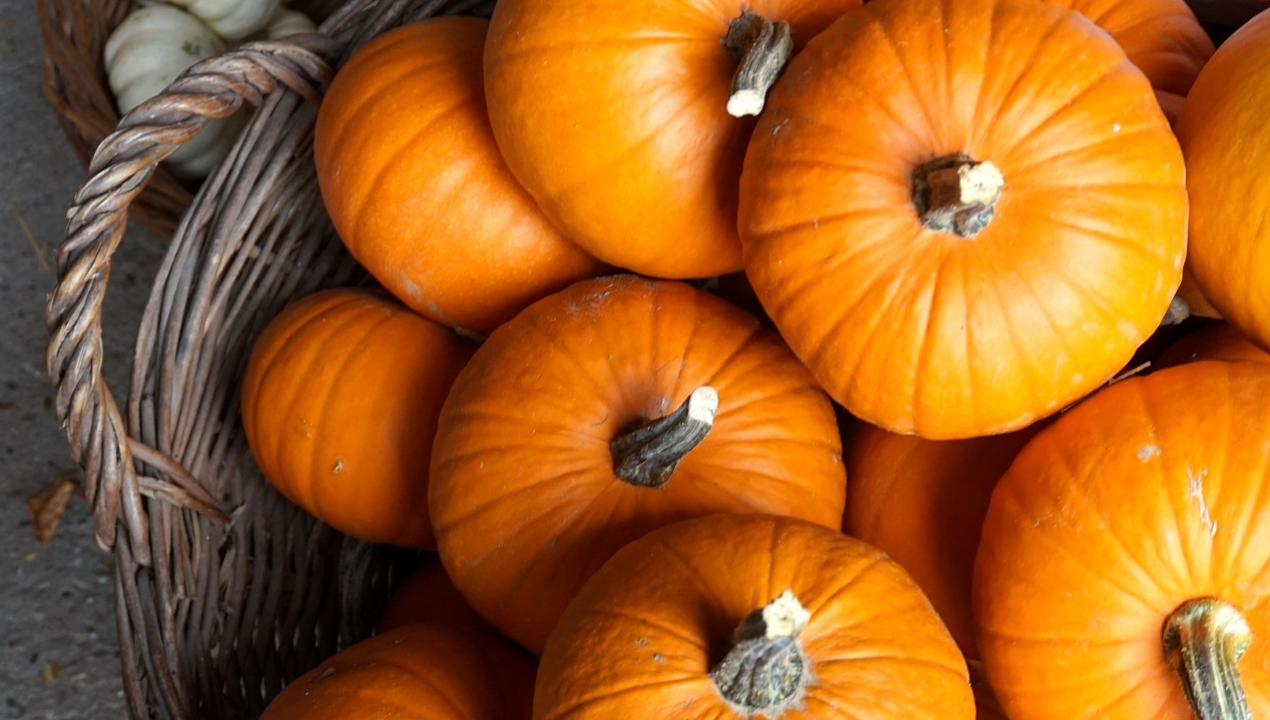Eating Disorders: Identifying the Signs
By: Indira Maurer, DNP, FNP-C

Pumpkin Spice and Everything Nice
Lisa Mathis MSN, FNP-BC
Fall is in the air! The temperature has changed from warm and muggy to cool and crisp. The fall breezes blow the orange and yellow leaves around like colorful tornados that adorns lawns and streets. In the stores, before the ghosts and spider décor is off the shelves, the pumpkin and fall decorations are strategically placed to catch the consumer’s eye. Coffee shops entice us with Pumpkin Lattes, Pumpkin spice teas and various fall sundries. The smell of apple spice and cinnamon infiltrate the nostrils in such a pleasant way. But pumpkins are much more than a fall treat, or a symbol of when to pull out our flannel shirts and sweaters.
Pumpkins are of great nutritional and health value. When Advanced Care Providers are discussing diet and exercise with patients, we should use this special time of the year to discuss and educate. Adding in the topic of this winter squash, can educate patients and give them added nutrients they are missing in their diets. Pumpkins are often thought of as a vegetable but are actually fruit. This orange-colored delight has a very impressive resume in regard to nutrient profile. It is particularly rich in Vitamin A providing 245% of the RDI. It is also high in fiber, low in calories, basically fat-free, and full of vitamins and minerals, including vitamin C, potassium, copper, manganese and more.
The often-scary carved monster is also high in antioxidants. Pumpkin contains several phyto-constituents belonging to the categories of alkaloids, flavonoids, and palmitic, oleic and linoleic acids. Studies indicate that pumpkin can support healthy inflammation levels and deliver important antioxidants. (1) Beta-carotene is one type of carotenoid antioxidant that is responsible for pumpkins' signature orange color. Studies show that eating vitamin A/beta-carotene foods helps support eye, heart and brain health. This is due to vitamin A helping to fight both oxidative stress and free radicals, which can promote healthy cells and neurons.
A one-cup serving of cooked pumpkin provides about 16 percent of your daily potassium needs. Potassium is an electrolyte that many adults lack in their diets, considering it's primarily found in veggies and fruits such as bananas, potatoes, squash, pumpkins and avocados. Studies continue to show that eating plant foods high in antioxidants and fiber like pumpkin can benefit the entire body, especially the gut. Fiber helps by promoting healthy elimination and relieving occasional constipation. It also works with healthy probiotic bacteria in the gut and helps them thrive. So, take this opportunity to discuss with that constipated patient and help avoid adding another prescription med to the list. Another benefit of eating more fiber is that it helps make you feel full, which can allow you to control your calorie intake and manage your healthy weight.
This article could delve into the benefits of apples, and cinnamon and other fall delectables but I think you get the idea. Use this season to motivate your patient. Unfortunately, this season is not always fun and spice for everyone. As the time changes and the cold weather begins, so does Seasonal Effective Disorder ( SAD). Many people dread the cold, dark winter months. Suicide rates climb, people isolate themselves. What does this have to do with pumpkins? I am glad you ask. Studies have shown that our minds and bodies relax in a natural setting. This increases feelings of pleasure and can help us concentrate and focus more effectively, according to studies in the National Library of Medicine.(2)
Being outdoors can also have relaxing effects on our minds. Nature can provide a mental break by allowing us to temporarily escape the demands of everyday life. So, when the patient presents with symptoms of SAD, expound on the benefits of this season. Going on a hike in the cool crip air, going to lovely Fall festivals, going to a pumpkin patch. Carving a wonderful pumpkin: insert the discussion on the value of the pumpkin as a food. Use this wonderful time of the year to motivate your patient to be up and exercise, eat healthier and enjoy the wonderful season. Put flyers in your office of local events such as Fall festivals, winter activities and fall recipes.
We as Nurse Practitioners and Physicians Assistants pride ourselves in going the extra mile. Take the time to educate and not just medicate!
Good luck with those pumpkin recipes and enjoy the season!
"The future influences the present just as much as the past." Friedrich Nietzsche
References:
By: Indira Maurer, DNP, FNP-C
By: Indira Maurer, DNP, FNP-C
Should Practicing NPs Make Back To School Time a Priority for Themselves?By: Terri Schmitt PhD, APRN, FNP-BC, FAANPExecutive Director, NPACE